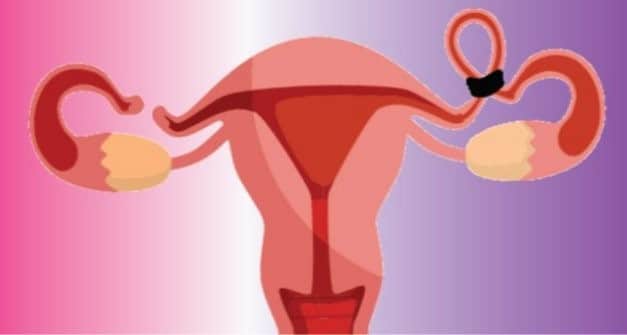Tubal ligation is a form of permanent contraception that has become popular due to its high effectiveness. This procedure involves blocking or cutting the fallopian tubes to prevent the egg and sperm from meeting, thus eliminating the possibility of pregnancy. Although it is a preferred option for many women who want to avoid future pregnancies, some may reconsider their decision over time.
The decision to undergo tubal ligation is usually made under the premise that it is a definitive method of contraception. However, various life circumstances, such as changes in personal relationships, the loss of a child, or simply a change in personal desires, can lead women to explore options to conceive again.

The possibility of pregnancy after tubal ligation depends largely on individual factors such as the woman’s age at the time of the procedure, the surgical technique used, and the time since surgery. In some cases, the effectiveness of the ligation may decrease over time, slightly increasing the chances of pregnancy.
However, it is crucial to understand that tubal ligation is considered a form of permanent sterilization and should not be chosen if there is any doubt about wanting children in the future. For those women who have changed their minds, there are assisted reproduction methods and treatments that can offer a solution.
Options for conceiving post-ligation
- Tubal ligation reversal: This surgical procedure involves reconnecting the fallopian tubes. The success rate varies and is not guaranteed. The feasibility of reversal depends on the length of the remaining tubes and the original technique used.
- In Vitro Fertilization (IVF): IVF is an effective alternative for women with tubal ligation. This assisted reproduction treatment involves the extraction of eggs and their fertilization in a laboratory, followed by the transfer of the embryo to the uterus.
Important considerations
- The decision to reverse a tubal ligation should be carefully considered and discussed with a fertility specialist.
- IVF offers an opportunity for motherhood without the need to reverse the ligation.
- Counseling and emotional support are essential during the decision-making process.

Advances in assisted reproduction
Reproductive medicine has advanced significantly, offering hope to those who wish to conceive after tubal ligation. IVF treatments, in particular, have opened up new possibilities for women who have opted for sterilization but then decided to seek pregnancy.
New possibilities for motherhood
Tubal ligation no longer means the end of the possibility of having children. With options like ligation reversal and IVF, women can now become pregnant even after undergoing this procedure. The key is to seek specialized advice and consider all available alternatives.

